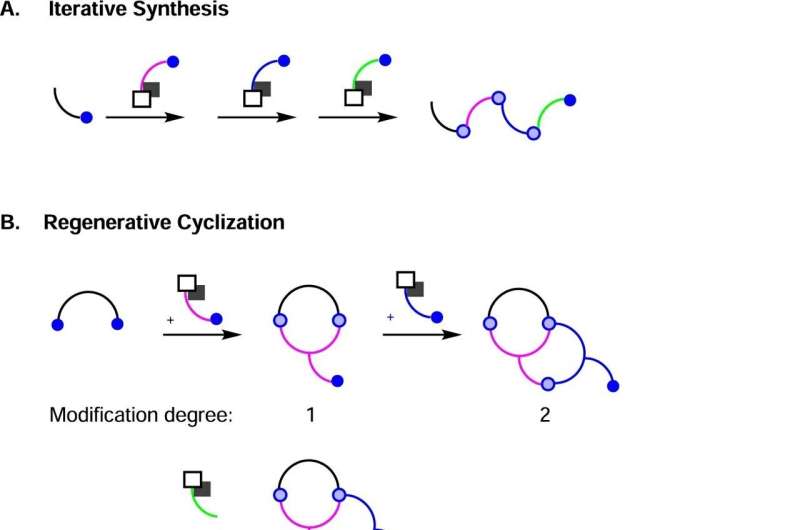
N-Heterocyclic compounds are central active ingredients of many drugs and at the same time important building blocks of new organic materials for the energy transition. Researchers at the University of Bayreuth, led by Prof. Dr. Rhett Kempe, have published a concept for the rational design of new classes of substances belonging to the group of N-heterocyclic compounds in Nature Communications.
At the same time, they present two new classes of substances synthesized on the basis of this concept. Today, innovations in fields of medical agents or functional materials rely substantially on the discovery of new classes of substances.
N-Heterocycles are organic compounds whose ring-shaped structures contain at least one nitrogen atom in addition to carbon atoms. So far known classes of substances belonging to the group of N-heterocyclic compounds are already scientifically well developed in terms of their bio-activity and their diverse applications. As a result, they are hardly considered to have any strong future-oriented innovation potential, for example in pharmaceuticals.
“For chemistry to continue to fulfill its pioneering role in drug development, it will be less important to provide new examples of known substance classes. Rather, the discovery of new classes of substances will be crucial. However, this is very difficult and still tends to succeed by chance. Concepts for the rational design of new substance classes—that is, for a targeted design of molecular compounds based on chemical knowledge—are practically non-existent. Against this background, the concept we have developed for the rational design of N-heterocyclic substance classes is a promising way to develop new drugs and new functional materials,” says Prof. Dr. Rhett Kempe, who holds the Chair of Inorganic Chemistry II—Catalyst Design at the University of Bayreuth.
Giving names to new classes of substances
The Bayreuth research team has used the new concept to introduce two new N-heterocyclic substance classes: the fertigines, named after the study’s first author Robin Fertig, and the kunstlerines, named after the second author Felix Leowsky-Künstler. Both young scientists are currently pursuing their doctorates at the University of Bayreuth.
“Expanding the group of N-heterocyclic compounds by rational design to include new, previously unknown classes of substances was a fascinating undertaking. In the process, we have seen that chemistry is, at its core, a very creative science,” says Robin Fertig. “The concept now opens up new possibilities for the synthesis of chemical compounds that were previously difficult or impossible to access,” adds Felix Leowsky-Künstler.
More information: Robin Fertig et al, Rational design of N-heterocyclic compound classes via regenerative cyclization of diamines, Nature Communications (2023). DOI: 10.1038/s41467-023-36220-w
Journal information: Nature Communications
Provided by Bayreuth University

